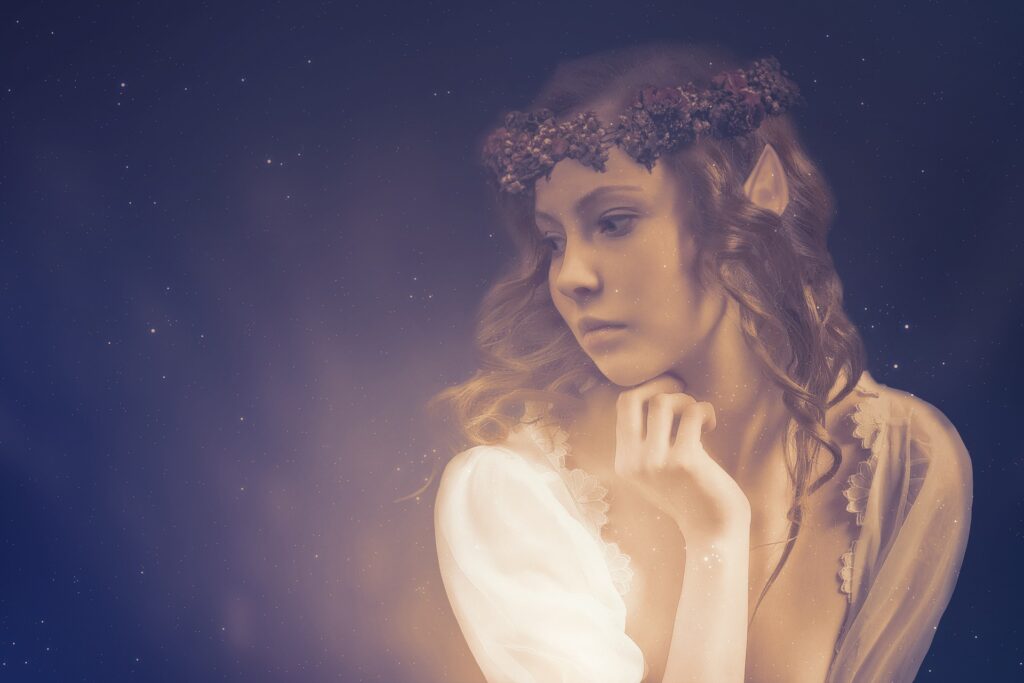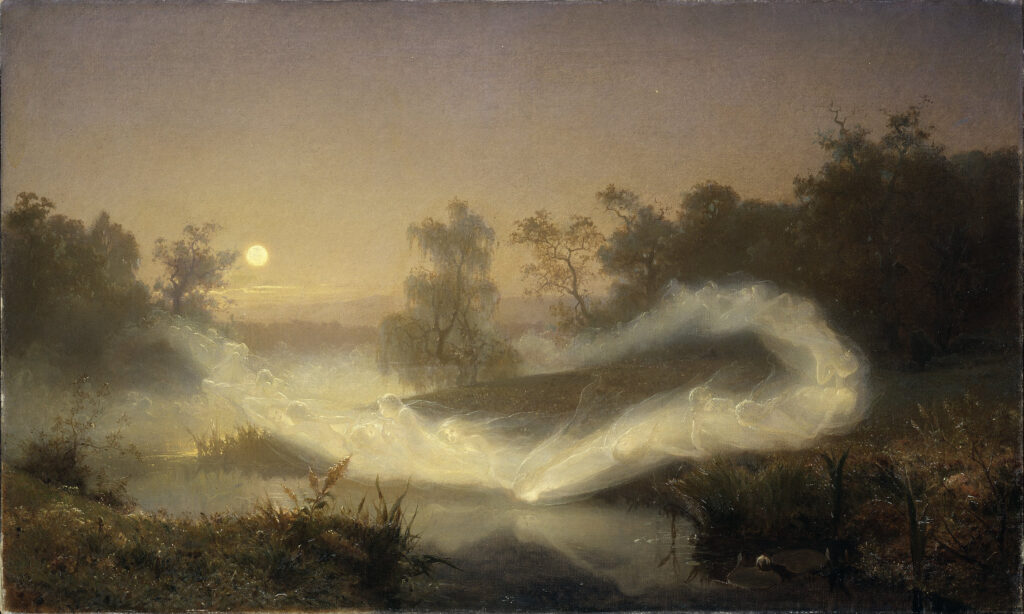Are elves real? While most people would answer this question with a resounding “no”, the enduring popularity of elves in popular culture continues to fuel the curiosity of some individuals.
Elves often appear in literature and movies as graceful, magical, and otherworldly creatures with supernatural abilities. Their portrayal can be compelling and fascinating, leading some individuals to question whether such beings could exist in some form or another.
Additionally, some people may hold spiritual or cultural beliefs that incorporate the idea of supernatural beings similar to elves, further fueling their curiosity about the possibility of their existence.
The Origins of Norse Elves

The first mention of elves traces back to Norse mythology, which originated in Scandinavia during the Viking Age. The earliest written sources that mention elves are the Old Norse sagas and poems, which date from the 9th to the 13th centuries.
In Norse mythology, elves often appear as supernatural beings with magical powers, associated with nature and fertility. They were connected to the god Freyr and his sister Freyja. Norse elves were often divided between “light elves” and “dark elves” depending on their appearance and behavior.
Elves were also associated with the afterlife and lived in the realm of Alfheim. The concept of elves in Norse mythology has since become a part of Scandinavian folklore and has been passed down through generations of storytelling.
Exploring the Traits of Norse Elves
Norse Elves possessed skill in magic, particularly in the art of seidr, a form of sorcery used for divination and healing. They were also skilled in crafts such as metalworking, weaving, and woodworking.
According to Norse mythology, the goddess Freyja taught the elves the art of seidr, which they used to influence events in the mortal world.
They typically came across as benevolent beings who would aid humans in times of need. However, they could also be mischievous and capricious, causing harm to those who offended them.
Norse Elves: the association with nature and fertility
Elves had a deep connection with nature and fertility. They inhabited forests, mountains, and meadows. One of their most important roles was to protect the natural world.
An example of this association can be seen in the story of Freyr, the god of fertility, who was closely related to elves. In some accounts, Freyr would commonly be accompanied by a retinue of elves.
Reaffirming their role as protectors of nature, elves frequently used their magic for that cause. For example, elves could heal sick animals and protect crops from disease and blight.
Norse Elves: the association with death and the afterlife
Several examples in Norse mythology prove the connection elves had with death and the afterlife.
One example is the story of Balder, a beloved god who died from a mistletoe arrow. After Balder’s death, a ship set adrift in the sea, carrying his body. The ship was accompanied by the goddess Nanna and a group of elves, weeping over the loss of the god.
In Norse mythology, elves could influence the fate of the dead. For example, elves could grant good fortune to those who were kind to them in life. Those who offended them could face misfortune in the afterlife.
Norse Elves in Popular Culture: From Mythology to Modern Fantasy

Nowadays, Norse elves have become an increasingly popular and well-known concept. They have appeared in various media, from books and movies to video games and tabletop RPGs.
Some notable examples include the elves in J.R.R. Tolkien’s “The Lord of the Rings” and “The Hobbit” novels, as well as the “Dark Elves” in Marvel Comics’ Thor series.
Many modern depictions of Norse elves draw on their mythological roots, thus portraying them as skilled hunters, warriors, and craftsmen. These portrayals have kept the legacy of Norse mythology and folklore alive in popular culture.
Are elves real? Separating Myth from Fact
Are elves real? The objective answer would be no. They are a fictional creation of human imagination, originating from mythology and folklore. They have been depicted in various ways throughout history, but there is no scientific evidence to support their existence in the physical world.
Are elves real? The Persistence of Elf Belief
While some people may believe in supernatural or spiritual beings, such beliefs are usually based on faith or personal experience rather than empirical evidence.
Are elves real? Dispelling the Myth
Elves’ portrayal as magical and mystical creatures with supernatural abilities, further reinforces their fictional nature. While they may hold a special place in human imagination and cultural heritage, Norse elves remain a product of human creativity rather than a real biological or spiritual entity.
